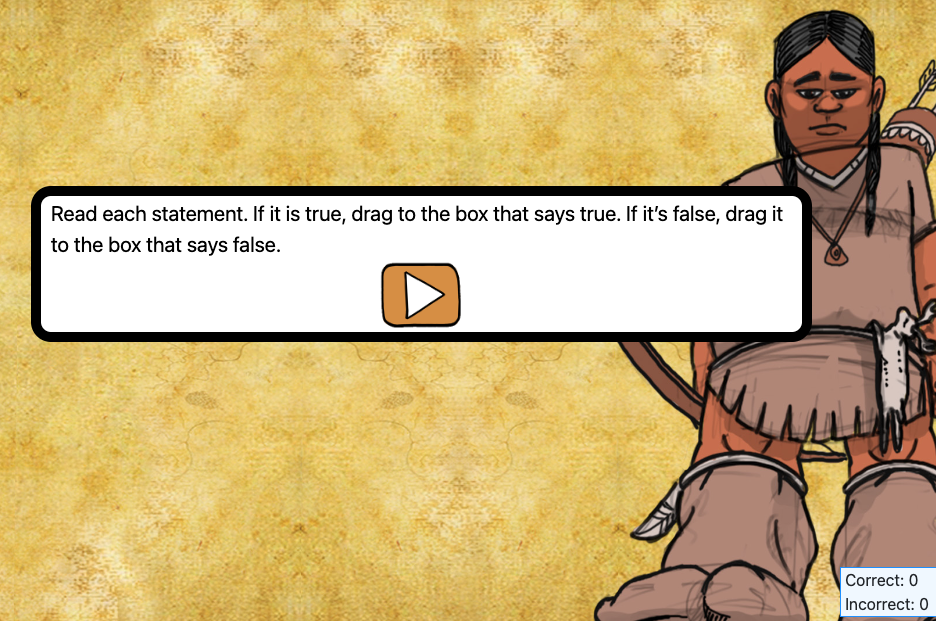7 Gen Blocks design of instructional and educational content has been informed by ten years of research with over 160,000 students. Some of what we learned is “baked into” the blocks structure, while other lessons are given as strong recommendations to the users.
Be crystal clear when students have an answer right or wrong
Issue: Students tend to hurry through educational software and not pay much attention to feedback as to whether the answer was right or wrong. This tends to be especially true of younger students and those with learning difficulties, but almost all students do this at least some of the time.
Solution: Multiple modes are used to identify an answer as right or wrong. In most cases this includes:
- Visual: The border color of a box is solid green and the background color a light green when correct. When incorrect, the border is a dotted red (the change in border style making the visual cue accessible to students with color blindness), the background a light red.
- Auditory: A ‘wrong’ sound plays if incorrect. In most cases, this will be the same throughout the game, but there may be exceptions. In the game where a player earns a dog, it may be a howl. If correct, again the same sound is usually played but a specific game may have an exception, like splashing water when the player catches a fish.
- Physical and text: In most cases, a dialogue box will appear that says “That is correct (or incorrect)”. The student must close the box to continue.
- Score (text): The score of correct and incorrect answers.

Force reading instructions
Issue: Along with not paying attention to whether they got an answer right or wrong, students often rush through educational software not paying attention to instructions. When they have not read or understood the instructions in the first place, they have difficulty completing the next task, whether it is an assessment, instruction or a game.
Solution: Each assessment or game has an instruction page before the activity and students must interact with the page before moving on. Instructions can be read in voiceover.

Instructions are available a second time on the page with the activity. For assessments, this is at the header at the top of the page. For some games, players may need to click on a hint button to bring up a dialog box with the instructions repeated.